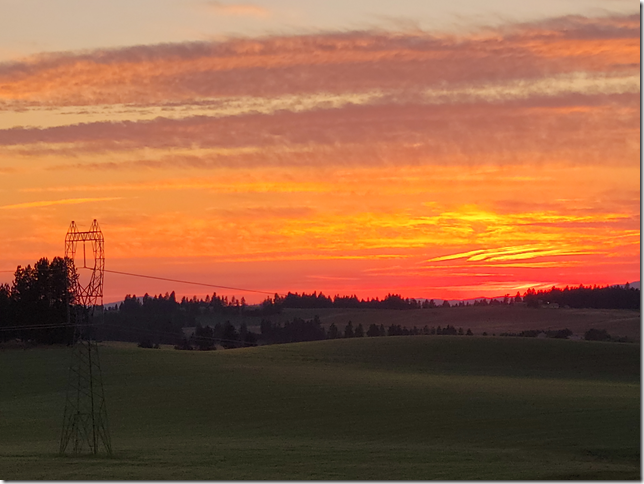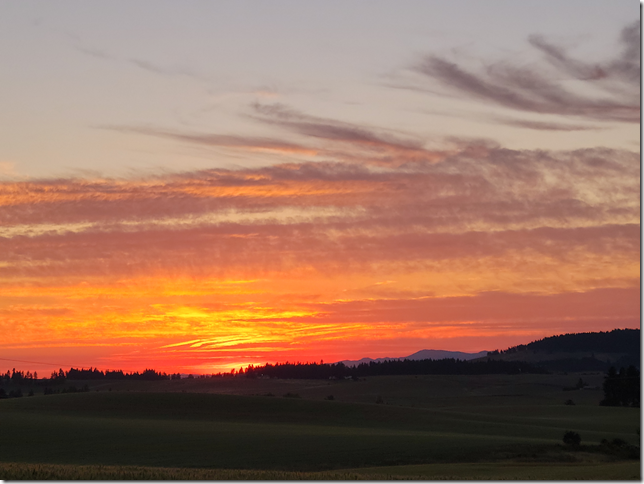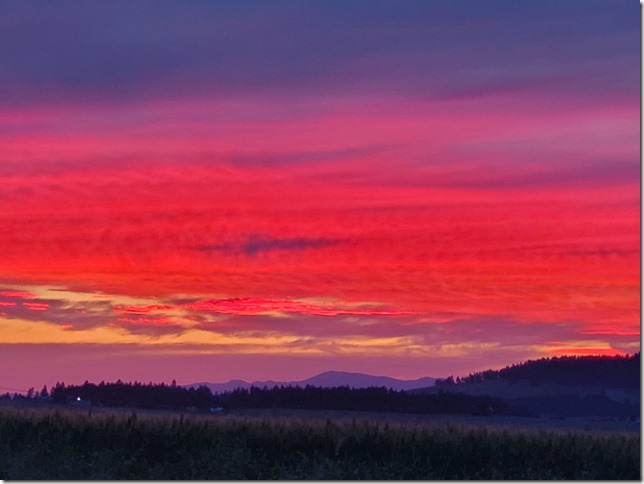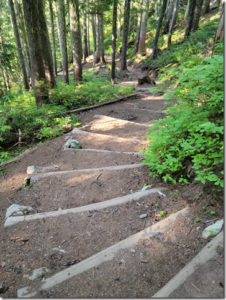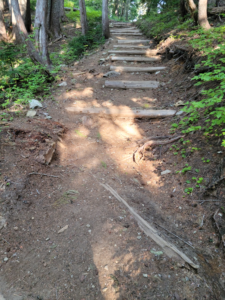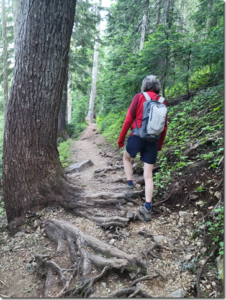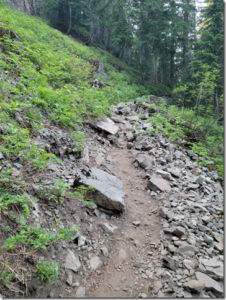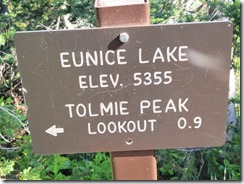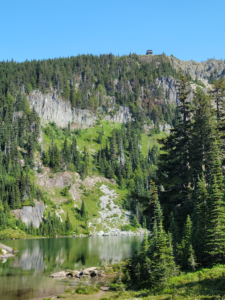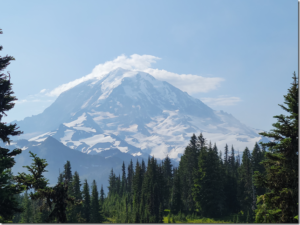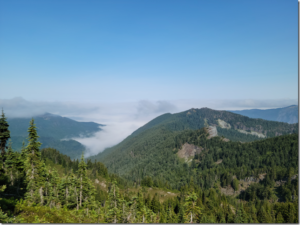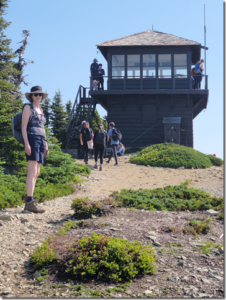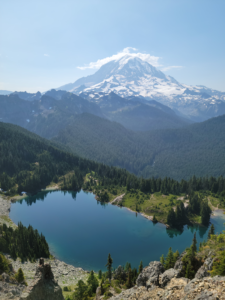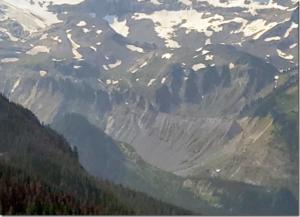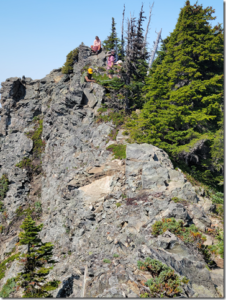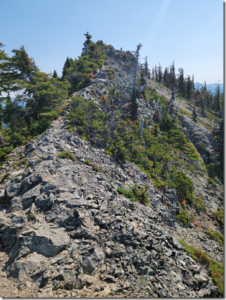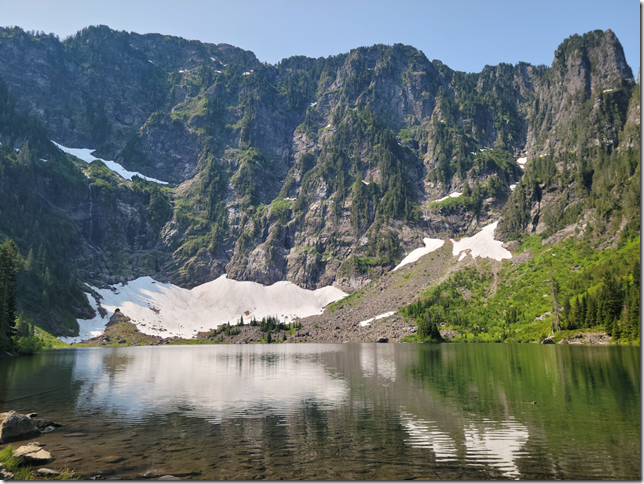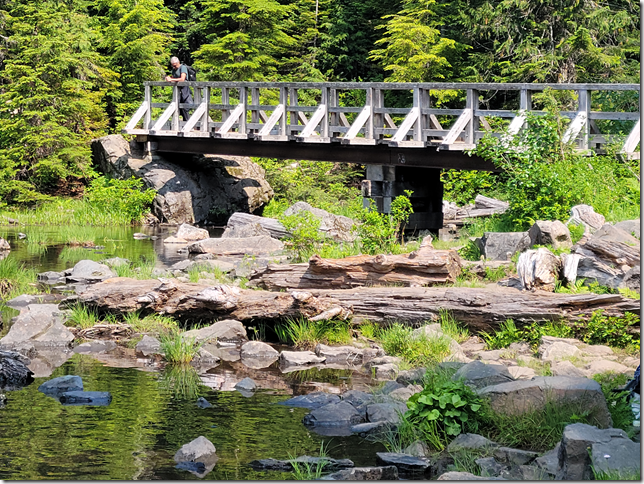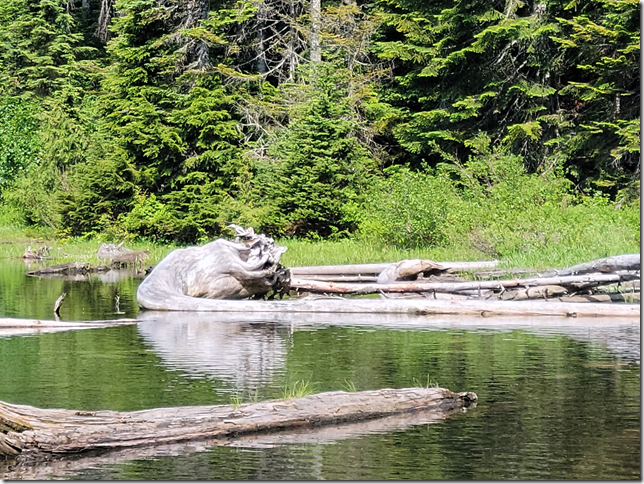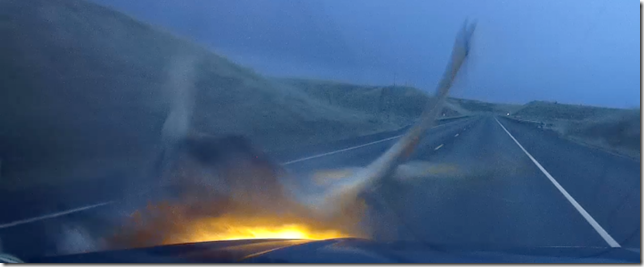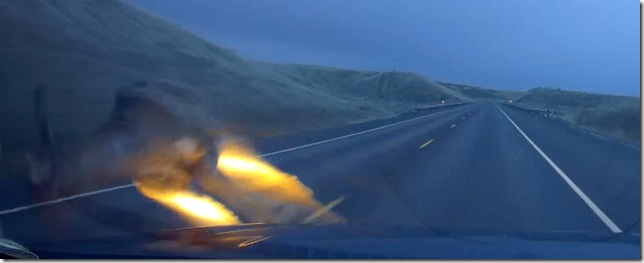About a month ago I received an email from Widener’s Reloading & Shooting Supply. In part it said:
We recently updated the front end of the Widener’s website, if you have a moment, you can check it out here. The basic idea is to make the site easier to navigate so customers can find products more quickly. We’re still working out some of the bugs, so if you see anything that could be improved, feel free to let me know.
I’m reaching out to see if you’d be interested in shopping our updated website and reviewing your experience along with some ammo on blog.joehuffman.org. As you know, product reviews are an opportunity to increase website traffic and build a stronger relationship with your audience. Sharing your online shopping experiences with your audience can also be a great way to build trust.
If you’re interested in receiving some free ammo for an unbiased product review. I’d be happy to set up a gift card for you to send a caliber or two your way.
If there’s anything else I can help you with, don’t hesitate to ask!
I accepted the offer and received a code for a $200 discount on anything on their website. I shoot more rounds of .22LR than another other round and I can’t reload that so I figured the best value would be to get some more .22LR. I use CCI Mini-Mags in competition because of the superb reliability even with my somewhat finicky competition gun. I am well stocked on Mini-Mags so I decided to get a cheaper alternative for practice. I chose the cheapest .22LR ammo on their website.
It arrived in the factory carton undamaged:
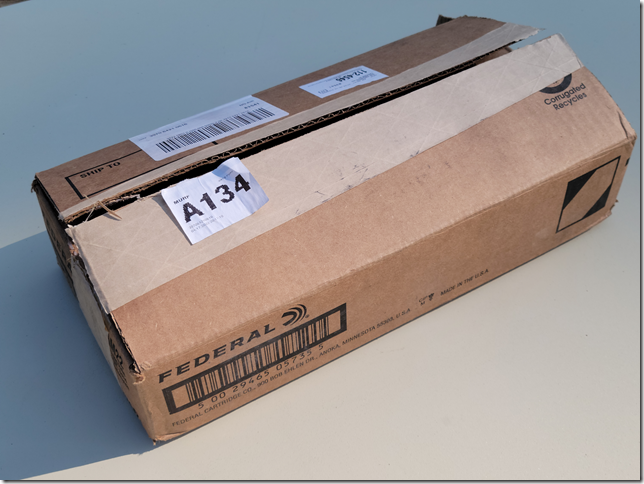
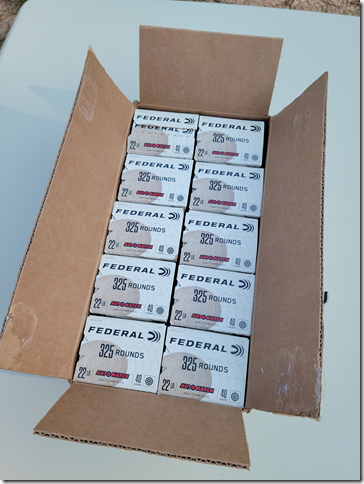


I tried the ammo in two different handguns, a Ruger 22/45 Mark III Lite, and my competition gun. There are two ten-round groups on the 12-inch steel plate in the picture below. Both were while standing, with iron sights, at about 11 yards. On the upper right is the Ruger:
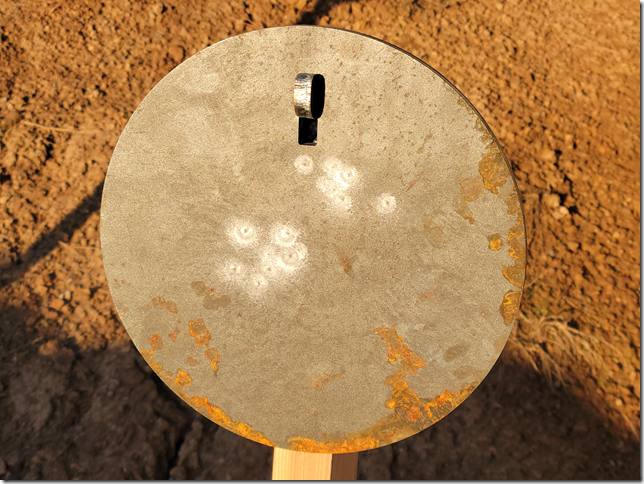
Both groups are about 1.5”. I believe this is my limit rather than a limitation of the ammo and/or gun.
I fired about 130 rounds. It was 100% reliable in the Ruger. In the competition gun I had one magazine which had repeated failures to feed. I added a suppressor and had no further problems.
It think I found my new practice ammo. At the very least it is an alternate ammo in times of ammo shortages.
The Wideners web site is quite nice when searching and selecting ammo.
I placed the order on Saturday April 15th. It arrived at my gun range in Idaho on Friday April 21st:
| Location |
Date |
Local Time |
Description |
| Lenore, ID, US |
Apr
21, 2023 |
5:42
PM |
Delivered |
| LEWISTON, ID, US |
Apr
21, 2023 |
2:08
PM |
On FedEx vehicle for delivery |
| LEWISTON, ID, US |
Apr
21, 2023 |
2:05
PM |
At local FedEx facility |
| TROUTDALE, OR, US |
Apr
21, 2023 |
4:37
AM |
Departed FedEx location |
| TROUTDALE, OR, US |
Apr
20, 2023 |
9:18
PM |
Arrived at FedEx location |
| GLENNS FERRY, ID, US |
Apr
20, 2023 |
4:43
AM |
In transit |
| CARPENTER, WY, US |
Apr
19, 2023 |
3:48
PM |
In transit |
| SEDALIA, MO, US |
Apr
19, 2023 |
2:55
AM |
In transit |
| MURFREESBORO, TN, US |
Apr
18, 2023 |
2:00
PM |
Departed FedEx location |
| MURFREESBORO, TN, US |
Apr
18, 2023 |
1:13
AM |
Shipment arriving On-Time |
| MURFREESBORO, TN, US |
Apr
18, 2023 |
1:11
AM |
Arrived at FedEx location |
| KODAK, TN, US |
Apr
17, 2023 |
10:05
PM |
Picked up |
| US |
Apr
15, 2023 |
8:20
PM |
Shipment information sent to
FedEx |
Because of Boomershoot and other things I didn’t get to try it until last Tuesday after I came back to Idaho to escape the plague (Barb tested positive for COVID on Mother’s Day).
Like this:
Like Loading...

